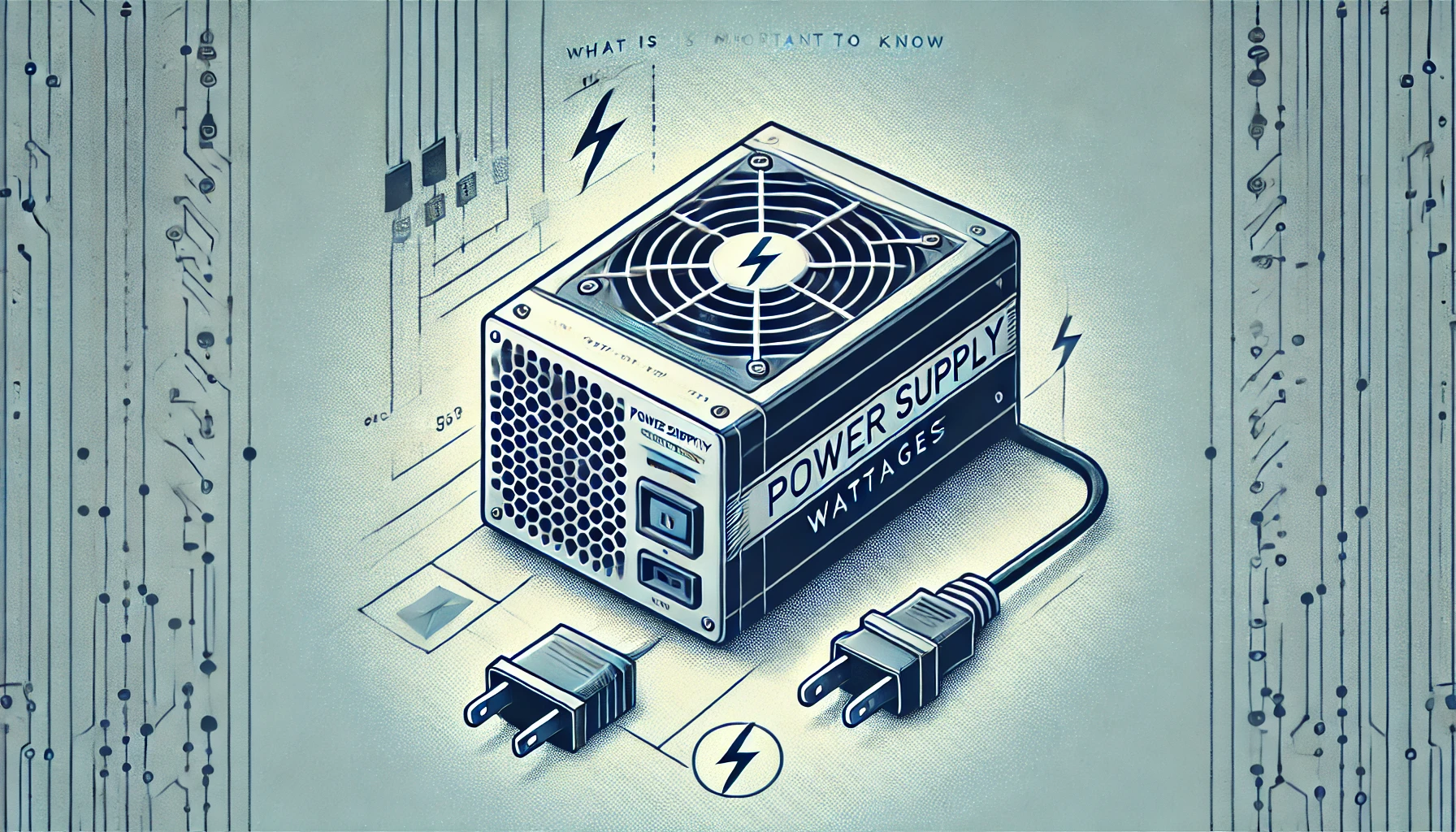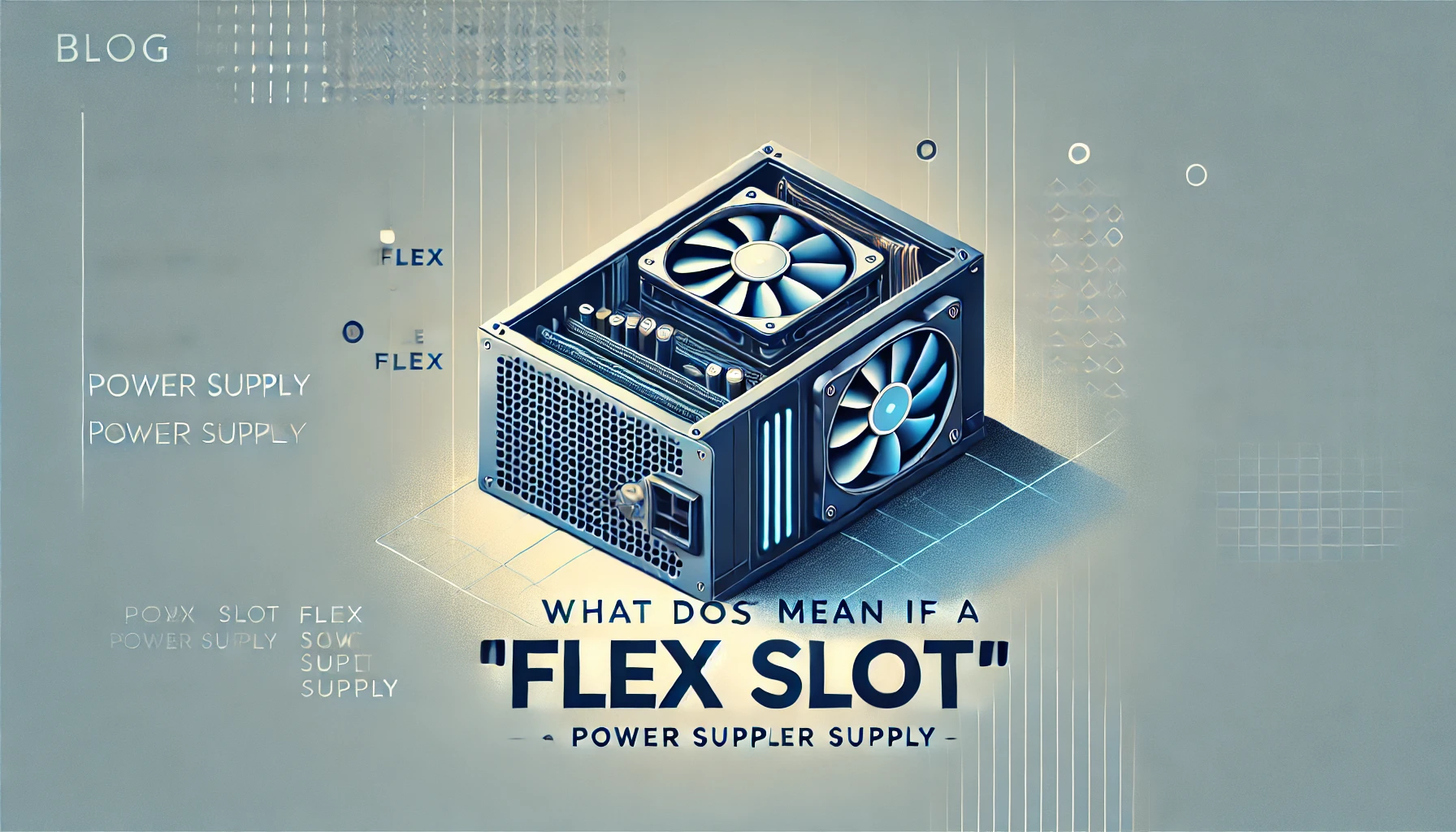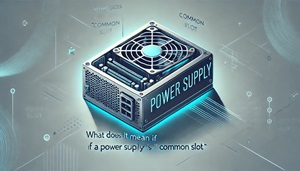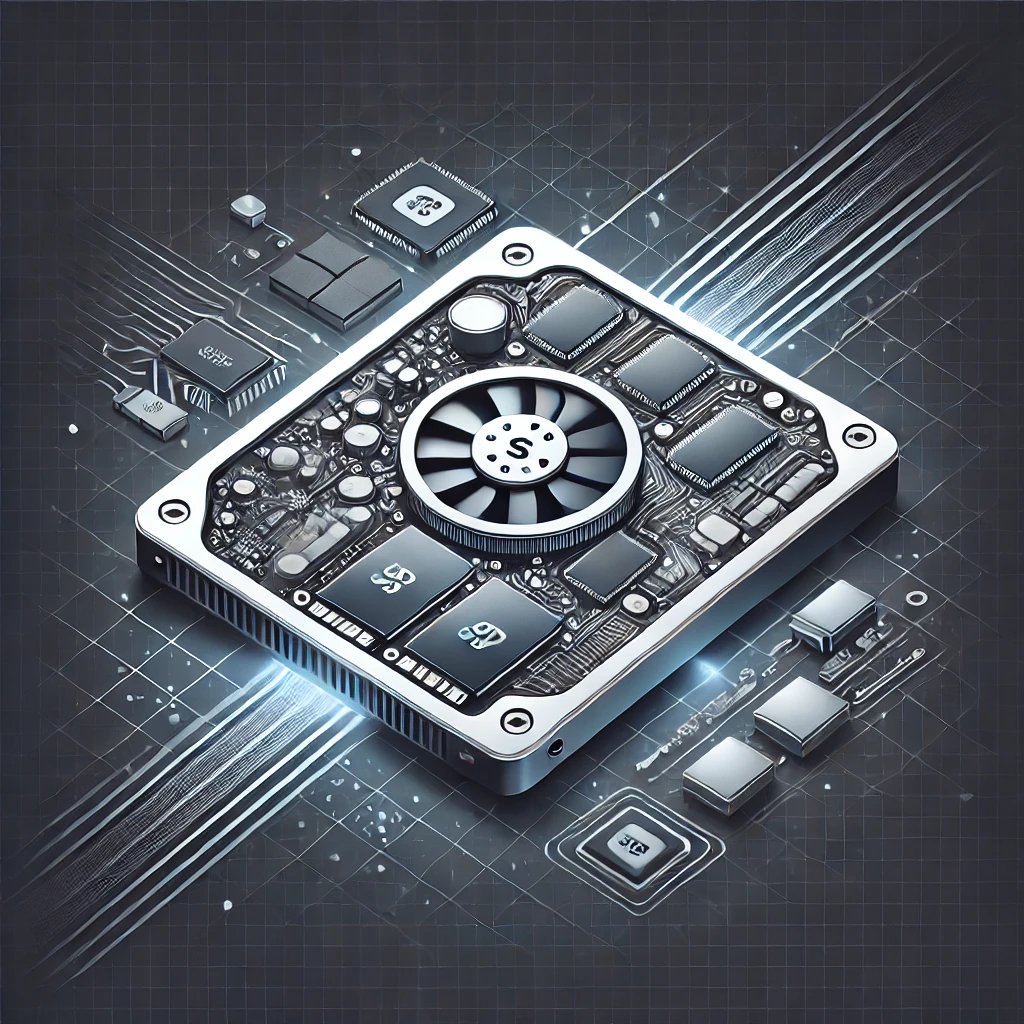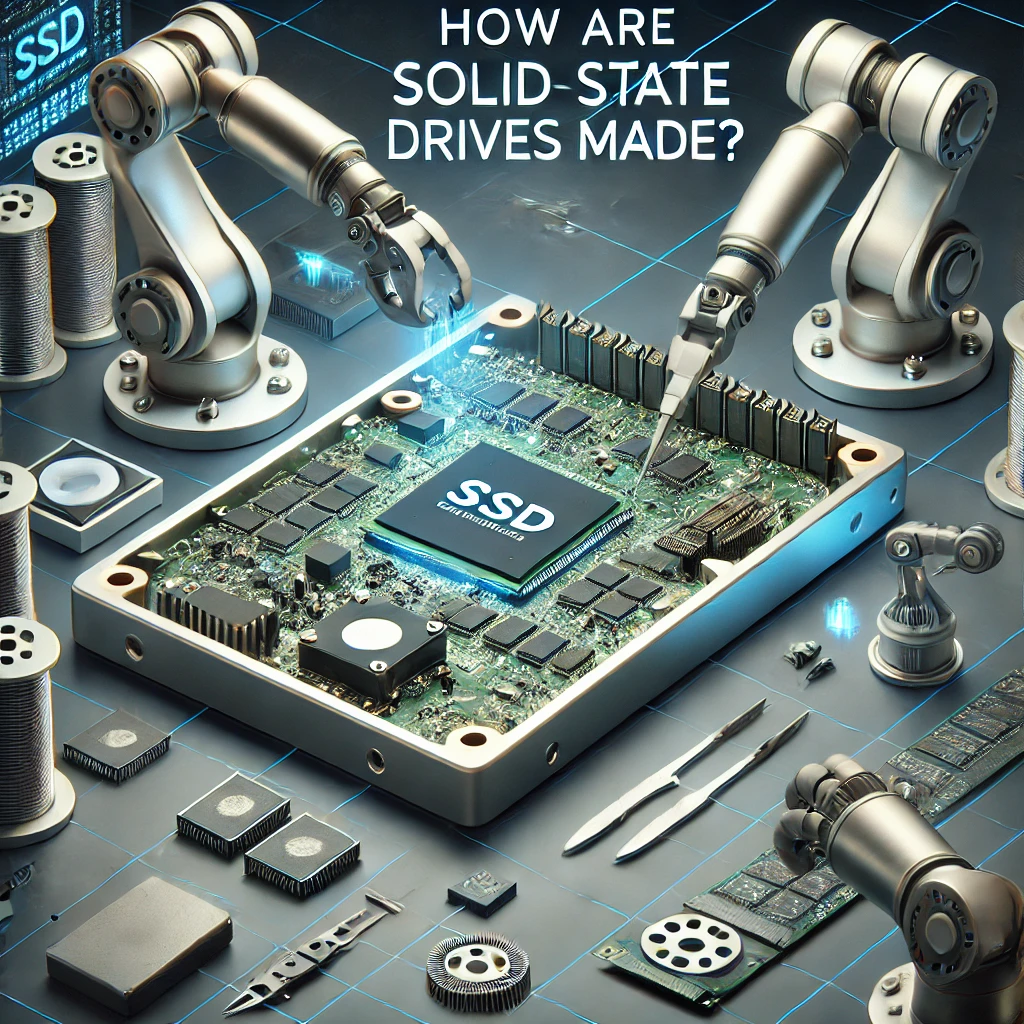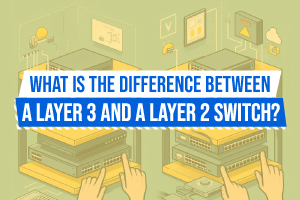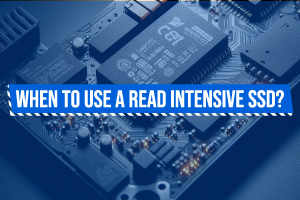What's The Difference Between A Redundant And Non-Redundant Power Supply

Are you uncertain about the distinction between redundant and non-redundant power supplies? Let's explore the advantages and disadvantages of implementing a redundant power supply system. We will examine the definitions of both types of power supplies, analyze their reliability and cost implications, offer guidance on when to opt for redundant or non-redundant power supplies, and identify key factors to consider for your unique power supply management requirements.
Understanding Power Supplies
Having a solid grasp of power supplies is crucial for ensuring the reliability and uninterrupted flow of your electrical power, whether it's for household purposes, data centers, or critical systems. Power supplies are available in a range of forms and setups, each designed to cater to specific applications and needs, from guaranteeing system availability to efficiently handling power distribution.
Definition of Redundant and Non-Redundant Power Supplies
Redundant power supplies are specifically crafted to serve as a backup power source in the event of a failure, usually accomplished through the implementation of dual power supply units. Conversely, non-redundant power supplies operate using a single power source without any backup in place.
The discrepancy in setup between redundant and non-redundant power supplies translates to differing levels of reliability and resilience. Redundant power supplies boast enhanced uptime and shield against unforeseen outages by seamlessly transitioning to the secondary power source when the primary fails. In contrast, non-redundant power supplies are more cost-efficient and have simpler designs, but they come with a heightened risk of a single point of failure. This implies that if the singular power source fails in a non-redundant system, it can result in downtime and disturbances until the issue is rectified.
Benefits and Drawbacks of Redundant Power Supplies
Redundant power supplies provide notable advantages, including improved reliability, failover capabilities, and increased system uptime. This is achieved by having a backup system in place that guarantees continuous power supply even in the event of a failure.
Reliability and Cost Considerations
Although redundant power supplies offer increased reliability and fault tolerance, they also come with higher initial and maintenance expenses, particularly in intricate data center setups where hot-swappable units and fault-tolerant architecture are crucial.
The additional costs associated with redundant power supplies can be rationalized by the potential cost savings generated from preventing downtime and data loss. Hot-swappable units enable prompt replacement of failed components without disrupting operations, thereby minimizing expensive interruptions. Moreover, advanced fault-tolerant designs proactively detect and address issues, decreasing the likelihood of system failures. In the long run, investing in dependable power supplies can result in reduced overall expenses by mitigating the consequences of unforeseen failures and ensuring uninterrupted operation of the data center.
When to Use Redundant vs Non-Redundant Power Supplies
The choice between redundant and non-redundant power supplies hinges on factors such as your backup strategy, the criticality of your systems, and the possible impact of a power outage.
Factors to Consider for Your Specific Needs
When you're trying to figure out the best power supply for your specific needs, it's important to take into account factors like load balancing, fail-safe mechanisms, and whether or not you need dual input sources to ensure a dependable backup power source.
Efficient power management is key to keeping your system reliable and running smoothly without interruptions. By using power supplies with smart features, you can optimize energy use and prevent power fluctuations, which helps protect your equipment from potential damage.
The ability to seamlessly switch between primary and secondary power sources is vital for avoiding downtime in emergency situations. A well-planned power supply strategy not only improves your system's performance but also gives you peace of mind, knowing that your operations are supported by a strong and efficient power infrastructure.
